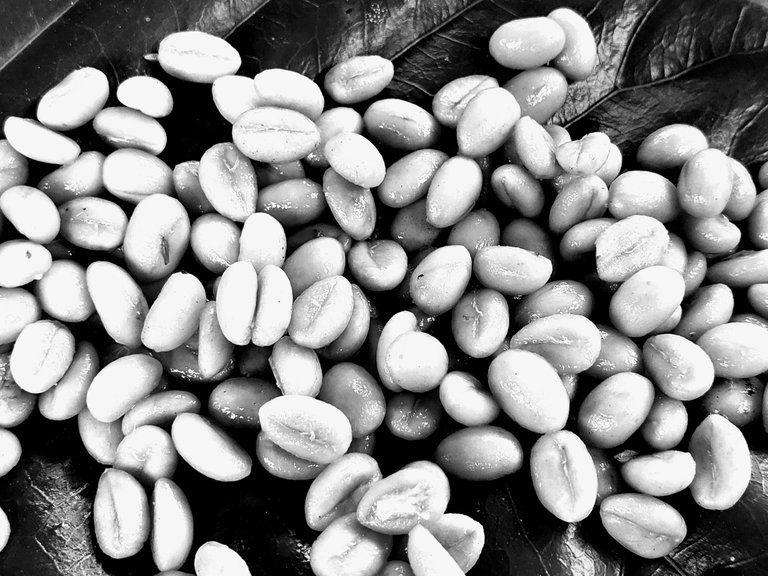
"This is my entry for the #monomad challenge"
Welcome back to my simple photography and blog post. Still with the world of photography.
Today, I want to share some photos of Liberica coffee that has grown successfully on the island of Sumatra, Aceh, Indonesia
Liberica was brought to Indonesia by the Dutch with the aim of replacing Arabica coffee plants that were attacked by leaf rust disease. Liberica coffee scientific name Coffea liberica var. liberica is a coffee that is thought to have originated in Liberia
Liberika is believed to have come from the name of the area in Liberia which was then used to name this type of coffee. Not only found in Liberia, but the liberica plant also grows wild in other African regions, such as Angola, Central Africa, Benin, Camerin, Gabon, Ghana, Congo, Guinea, Nigeria, Sao Tome, Sierra Leone, Sudan, Uganda and Ivory Coast.
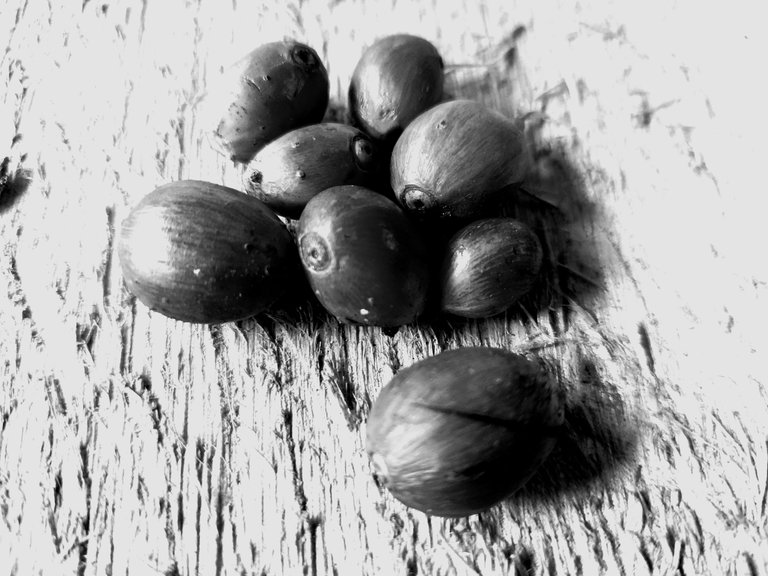
In the years before 1878, coffee plantations in Indonesia were planted with Arabica coffee. However, at that time there was an outbreak of leaf rust disease or Hemelia vastatrixi (HV), so the Dutch government looked for alternatives to other types of coffee that were more resistant to the disease.
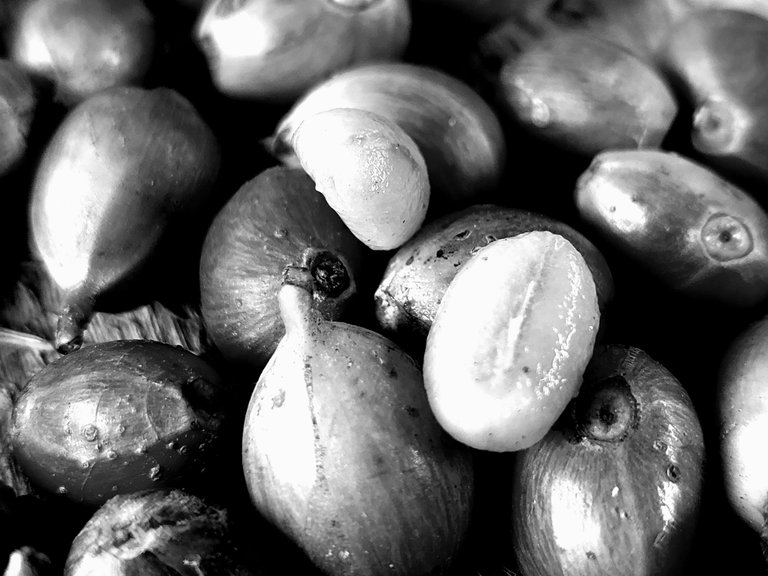
Liberica coffee, which was planted in 1878, was only able to survive until 1907. This is because the Liberica plant experienced the same thing as Arabica coffee, which was attacked by leaf rust disease, especially in plantations in lowland areas.
Liberica coffee is currently cultivated in a limited way and not as much as Arabica or Robusta. Several countries that grow liberica coffee include Indonesia, Malaysia, the Philippines, West Africa, Guyana, Suriname, Mauritius, Sri Lanka, India, Thailand, East Timor, Taiwan and Vietnam.
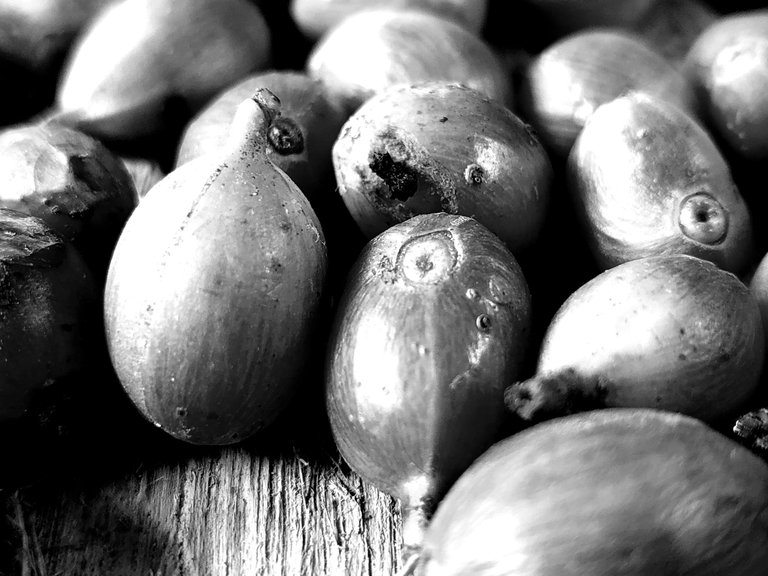
More specifically, this type of coffee can be found in Indonesia in the areas of Aceh, Bengkulu and Jambi.
Lowland tropical areas with an altitude of 400 to 600 meters above sea level are ideal areas for liberica plants to grow well. However, this coffee can also grow and bear fruit in areas with an altitude of 1,200 meters above sea level.
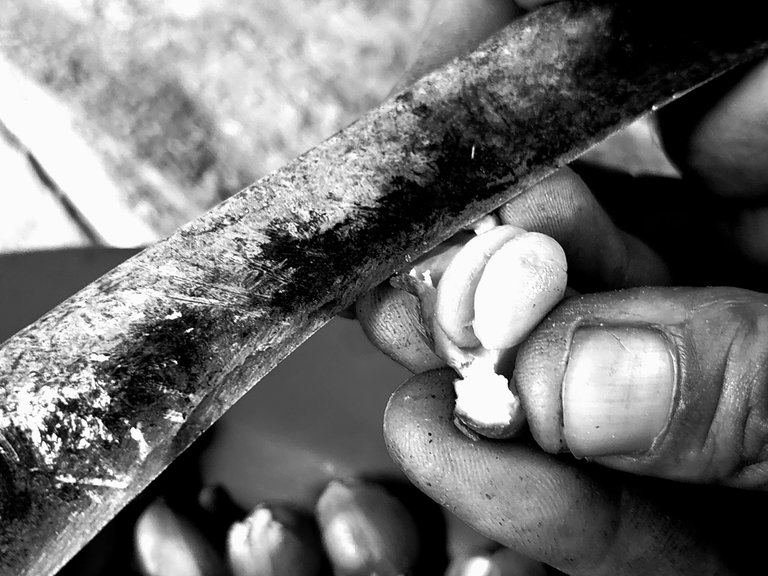
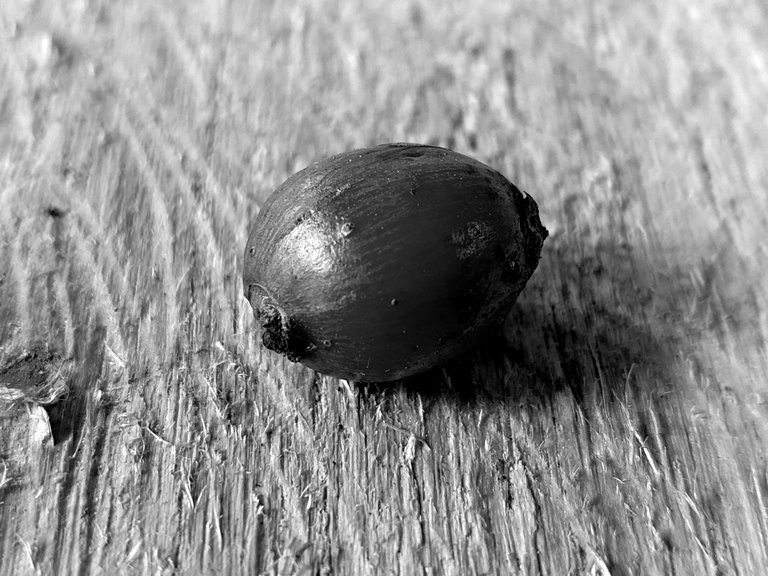
The ideal temperature required for maximum growth is 27 degrees to 30 degrees Celsius, with rainfall of 1500 to 2500 mm per year.
As with other types of coffee, the liberica plant grows well on land that gets full sun and under the shade of other trees. Liberika is also known as jackfruit coffee, because the coffee beans are large and can grow as high as 9 meters.
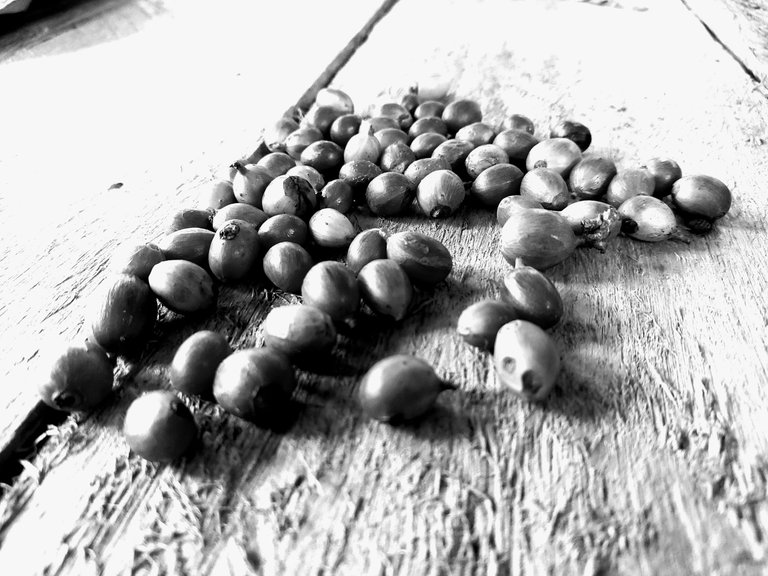
Liberica plants have several advantages, including being easy to grow in the lowlands and more resistant to weather conditions, pests and diseases.

This type of coffee also has a high tolerance for infertile soil conditions, even on clay soil, this coffee plant is still able to grow. In addition, liberica plants can also survive in sandy soil, drought and wet weather.
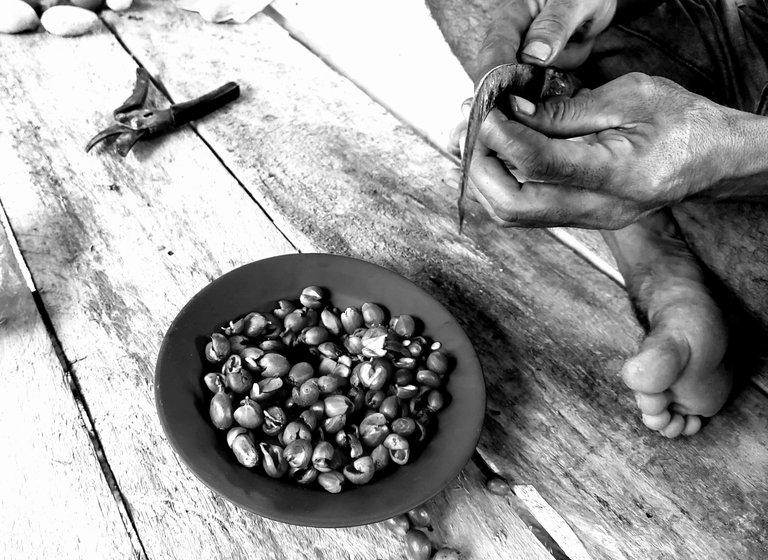
The opportunities for developing the world's liberika market are actually quite promising. However, the production and cultivation of coffee, which looks like a jackfruit tree, is low and quite low for domestic fans.
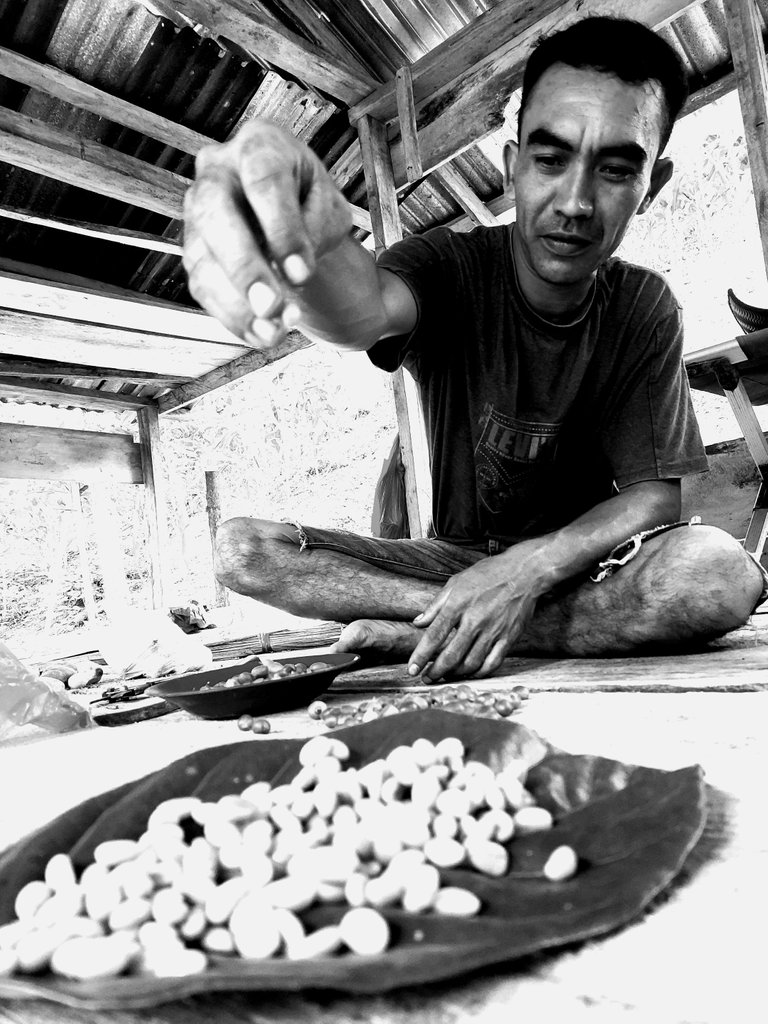
Liberica coffee cultivation carried out by the community is generally only on a small scale, even for personal consumption. In fact, if it is managed more professionally, then the world coffee market awaits.
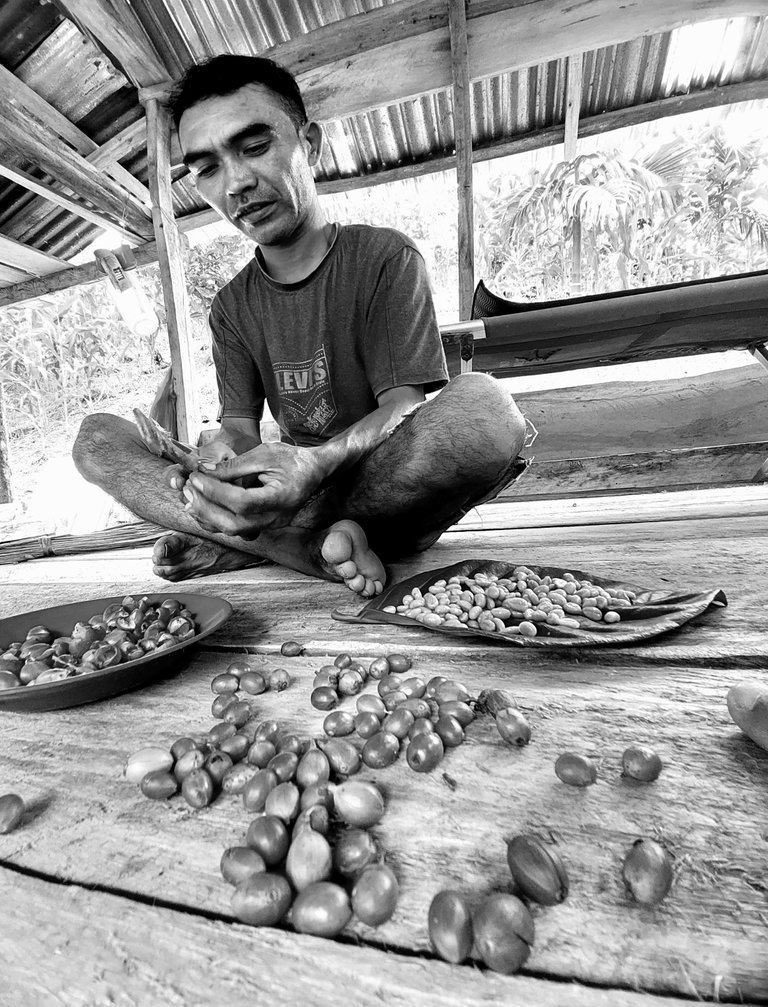
As previously stated, Malaysia is a target for liberal marketing because the Malays are suited to the taste of this coffee. Of course, coffee plantation activists must continue to boost the quality and quantity of exports to these neighboring countries.
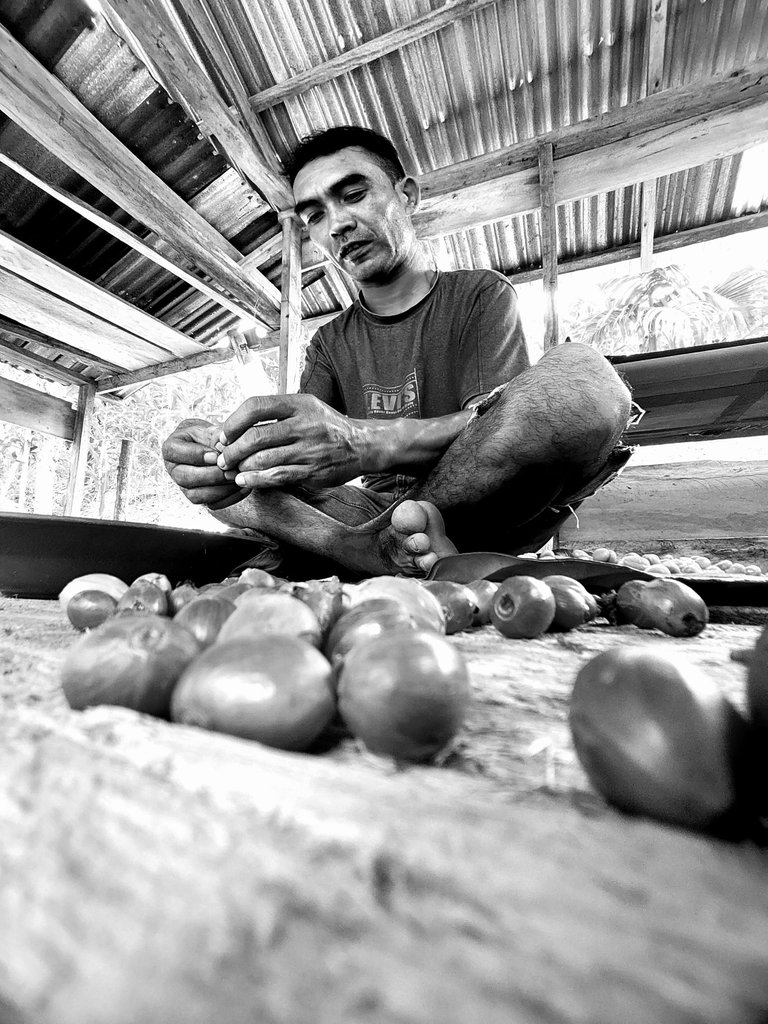
In addition, the Philippines is also an importer of liberica coffee. In this country the area of liberica plantations is about 25% of the total area of the entire coffee plantation. This condition has not met the domestic demand of the Philippines, thus providing a gap for coffee exporters from Indonesia.

In addition to market demand, the Liberica coffee plant also has other advantages, namely being able to grow in the lowlands between 400 to 600 meters above sea level, even up to an altitude of 1200 meters above sea level even though the coffee yield is not so optimal.
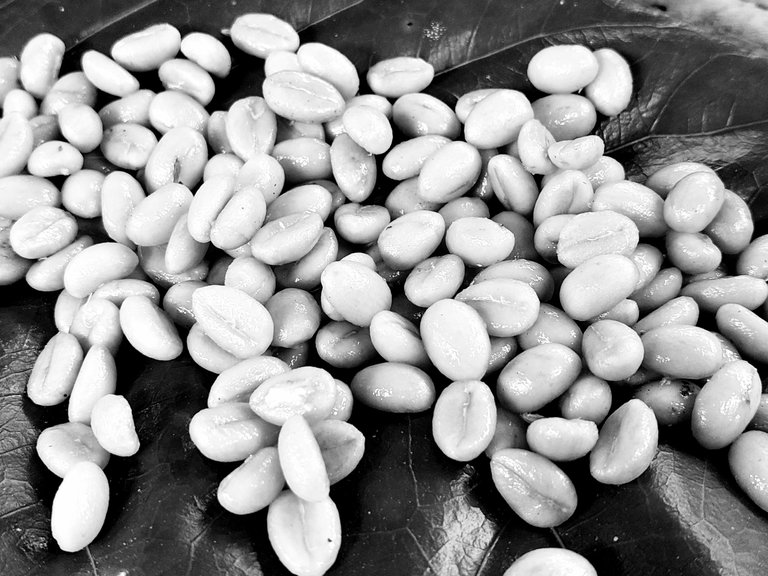
Infertile soils, wet and dry land and temperature ranges between 27 to 30 degrees Celsius can still be tolerated by this plant. Liberica coffee also grows and bears fruit throughout the year, thus providing a sustainable supply.
From these advantages and potential, it is hoped that coffee farmers can boost
That's some pictures and a little story that I managed to shoot and get that day, I hope my friends love it.
Keep following me here for other photography postings.
Best regards @teukuboyhaqie
| Galery | Photography |
|---|---|
| Taken with | Samsung A52 |
| Lens | Original Lens |
| Location | Aceh |
| Taken by | @teukuboyhaqie |

It a whole documentary about coffee right here. The photos are amazing. So, what's the taste of this coffee like? I think in Venezuela we only have Arabica. I know ours has some acidity which balances out the bitterness.
Yay! 🤗
Your content has been boosted with Ecency Points, by @victorbz.
Use Ecency daily to boost your growth on platform!
Support Ecency
Vote for new Proposal
Delegate HP and earn more
of course